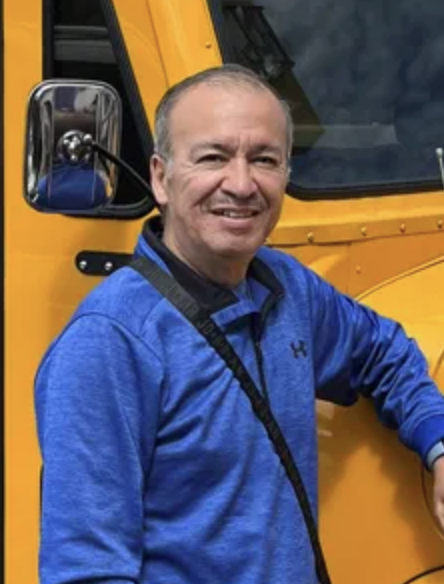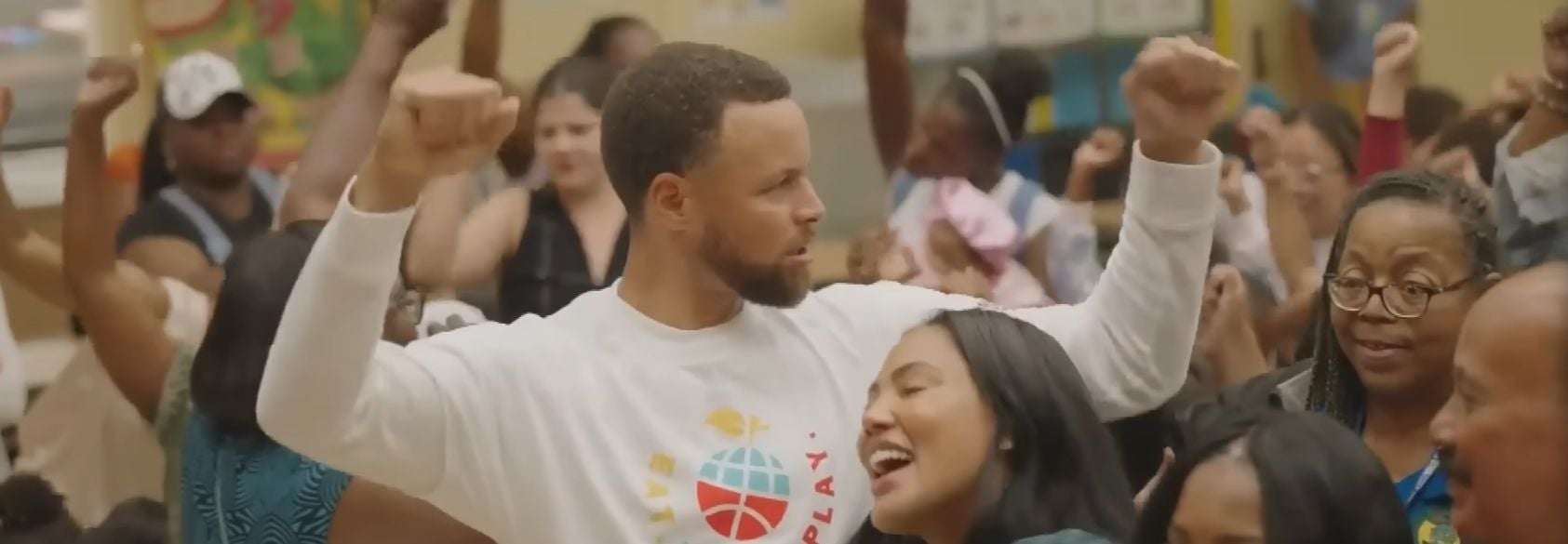That’s where the bus driver comes in. We are the first adults from school to greet children in the morning and the last to see them in the evening. I love seeing kids every day, seeing that they’re happy. What gives me the most joy is getting to talk with them, to find out what brings them happiness, whether it’s their families, friends or school. I find out what they like to do on the weekend. Maybe they’re crazy about a sport or a hobby.
I also enjoy being a sounding board for their concerns. Just recently, because we had the California wildfires not so far away, that was on their minds. One third-grader said to me, “Mr. Tony, if someone gave you a million dollars today, what would you do with it?” I told her I would pay my bills. She said, “I know what I would do — I would give it to California because there are a lot of people suffering right now, because there are people who lost their homes, lost their pets. So, I would give it to California.”
Her generous spirit took me by surprise. Then I told her, “I’m going to have to think about that again, about what I would do.”
Now I can’t wait to see who this 8-year-old will become as she grows up — how she will help the community. I can only imagine.
Becoming a professional bus driver
Twenty years ago, I had never thought about being a school bus driver. I had just adopted my daughter. My sister, Melissa Dominguez, who is also a bus driver for the district and a member of Education Austin, said: “Your daughter is going to school soon. Why not become a bus driver?”
To be honest, I wasn’t sure I wanted to be responsible for that many kids. When I asked what exactly would be expected of me other than driving, the school district interviewer said “experience with kids.” I wanted to know: Does being a parent count?
Then there was the commercial driver’s license. The school district told me that if I qualified, they would help me get the license. And they would provide training, which consisted of hands-on tutorials with a driver, then classroom learning, lots of instructional video and reading. I decided to give it a go.
At the beginning, I didn’t know what my level of authority should be on the bus. I was already a parent, but it’s not the same. Over time, like two or three years, you learn how to use your authority appropriately.
My students’ behavior really hasn’t changed much over the years. When I started driving, I assumed there would just be a lot of noise and kids moving from seat to seat. But sometimes there’s a little more activity. I usually drive one of the big new buses that hold about 70 kids. We don’t have help and our focus has to be on driving.
You can yell, “Hey, sit down! Cut it out!” But I expected to get help from a bus monitor. How can I keep control of my bus if I have to concentrate on the road? I didn’t expect to be by myself if I had to drive and maintain control of so many children.
I have great students, but I can’t predict their day. All it takes is for one kid to get out of control before the entire bus is out of control. One thing our union advocates for is bus monitors. It is really too much to have so many students on a bus without a paraprofessional. The small buses have monitors because they transport special needs students. We should have bus monitors, too.
Also on safety, I’m a careful driver, and other people on the road are pretty respectful, but you’re always going to have some drivers who are impatient and try to drive around the bus — even when the stop arm is out and red flashers are on. Years ago, our district bought cameras for the outside of the bus. If a driver tried that stunt, there would be a photo and fines.
Now, though, our new buses don’t have outside cameras — people were complaining that the fines were too high. I’ve been driving a new bus since last September, and don’t know if we’ll be getting outside cameras. I plan to bring this up with our union because the cameras helped.
Another safety precaution we learn is how to inspect a bus: not like a mechanic, but you walk around and look it over from top to bottom. I make sure nothing on top of the bus is broken, cracked or shattered — that there’s no damage and that the headlights and taillights are in working condition. On the bottom of the bus, I check that the tires are not flat, that there are no cuts, no bolts missing on the rims and no leaks from the rims. The last thing I do is open the hood and check the antifreeze and oil levels, and all hoses to make sure there aren’t any cuts or leaks. Every day, I do this before I leave in the morning and again in the afternoon.
After my last drop-off, I pull over and make sure I have no more kids on the bus and no valuables. If someone left clothing behind, I keep it in a bag and announce it every afternoon for a week. After that, I’ll return all items to the school’s lost-and-found. If the item is valuable, like a computer or phone, or perishable, like a lunch, I’ll call dispatch and see if I should take it to the school or bus terminal for the parents to pick up.
Sometimes, kids don’t like riding on the bus, and I get it. Maybe they like school better than home, or vice versa, and it’s no fun going from a place you like to one you don’t like as much. Or maybe they don’t have a friend on the bus.













